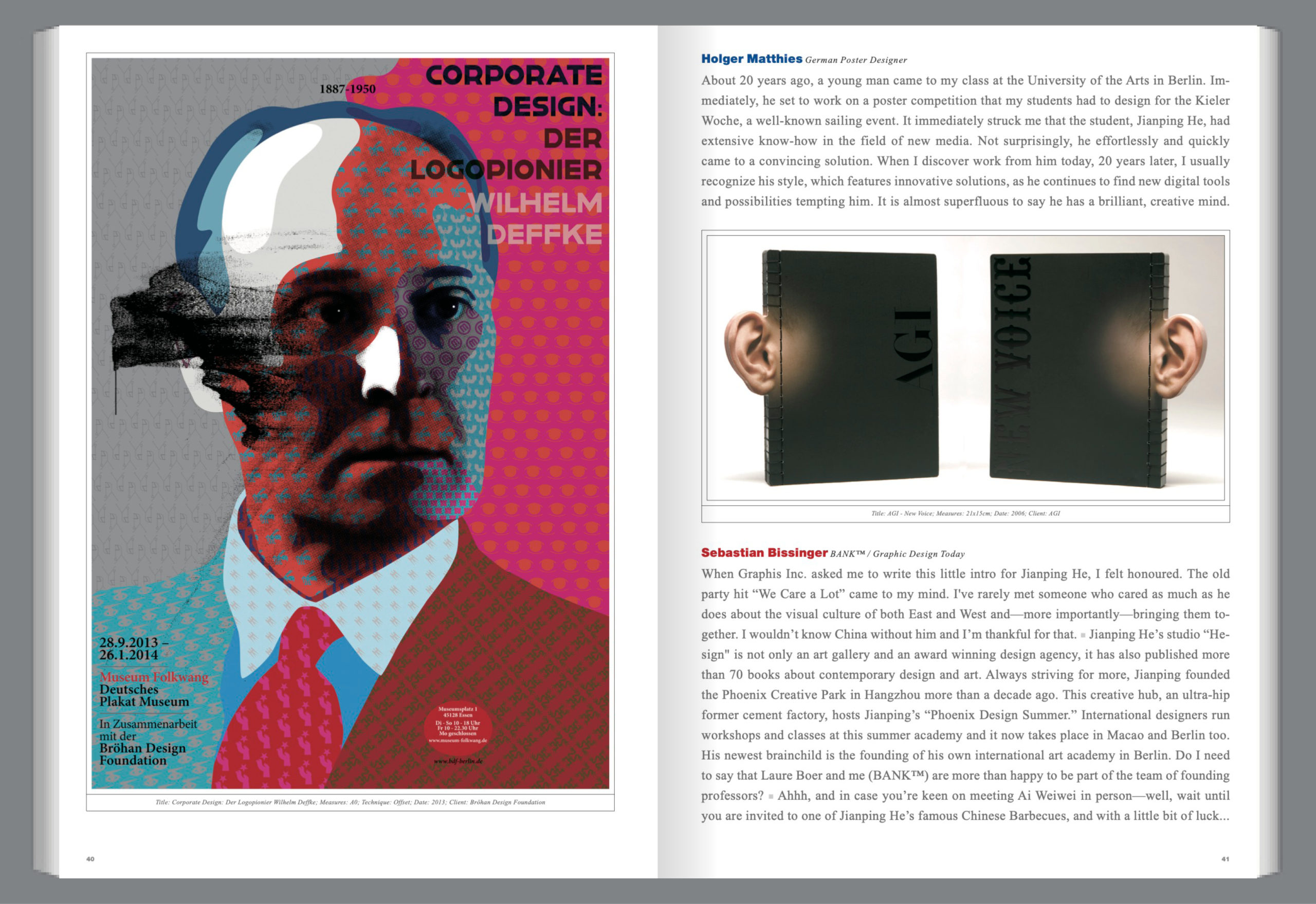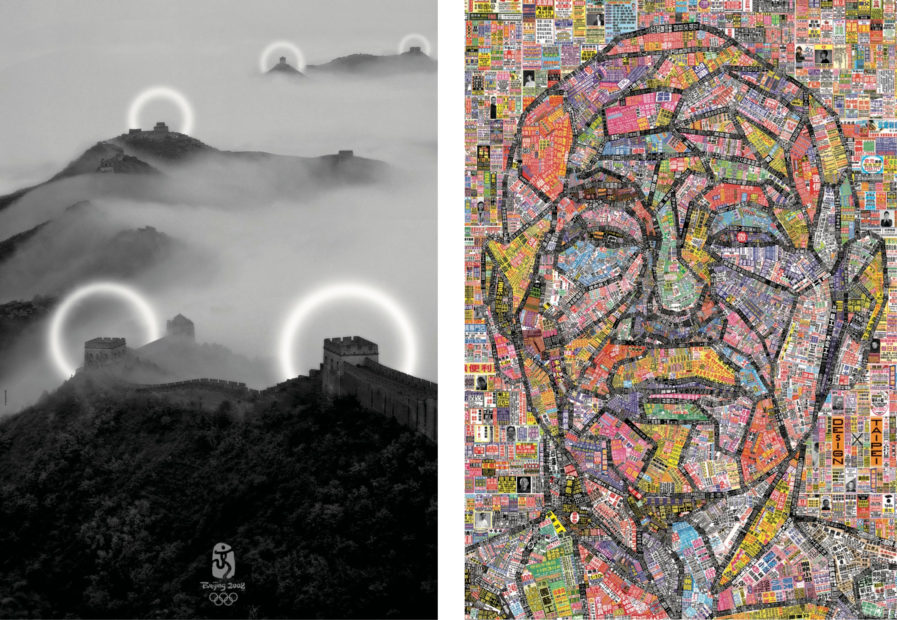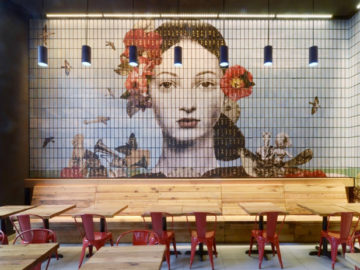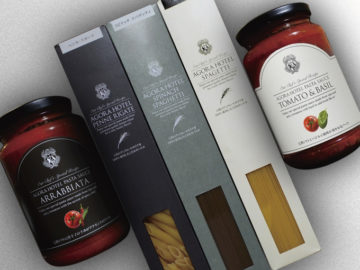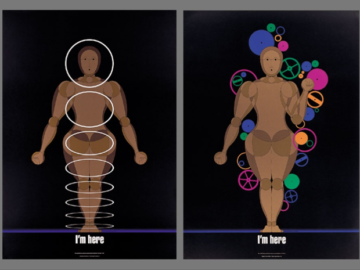Chinese designer Jianping He, featured in Journal #364, studied design at the China Academy of Art before receiving his MFA at the Berlin University of the Arts as well as his PhD in cultural history from the Free University of Berlin. He taught at the Berlin University of the Arts between 2001 and 2008 before working as a professor for doctoral students at the China Academy of Art in Hangzhou from 2006-2019. He opened his Berlin design studio Hesign in 2002 and eventually opened another branch in Hangzhou in 2009. Hesign serves as both an art gallery and renowned design agency and has published more than seventy books about design and art. He has served as a jury member for several international competitions, such as the Red Dot Design Award and the International Poster Biennial in Warsaw. According to the Cooper Hewitt Smithsonian Design Museum, He skillfully blends Chinese and German design techniques in an utterly unique way: “[He has] counterbalanced the academic discipline of his Chinese education, and his designs negotiate between these different intellectual traditions. In restrained color palettes, he executes bold poster designs with exacting precision, often incorporating both Chinese characters and Roman letters.”
His pieces “Olympia 2008” (above, left) and “Design x Taipei” (above, right) show off this merging of cultural design techniques. “Olympia 2008,” commissioned for the 2008 Beijing Summer Olympics features the five Olympic rings as halos following the Great Wall of China. “Design x Taipei,” a Red Dot Award winner in 2016, aims to provoke reflection on the issues posed by the intersection of design and the urban environment of Taiwan. Chiang Kai-Shek’s portrait is composed of thousands of advertisements and flyers, creating a sense of business unique to urban settings. His piece “Corporate Design” (below, left) further demonstrates He’s skill and design range.
